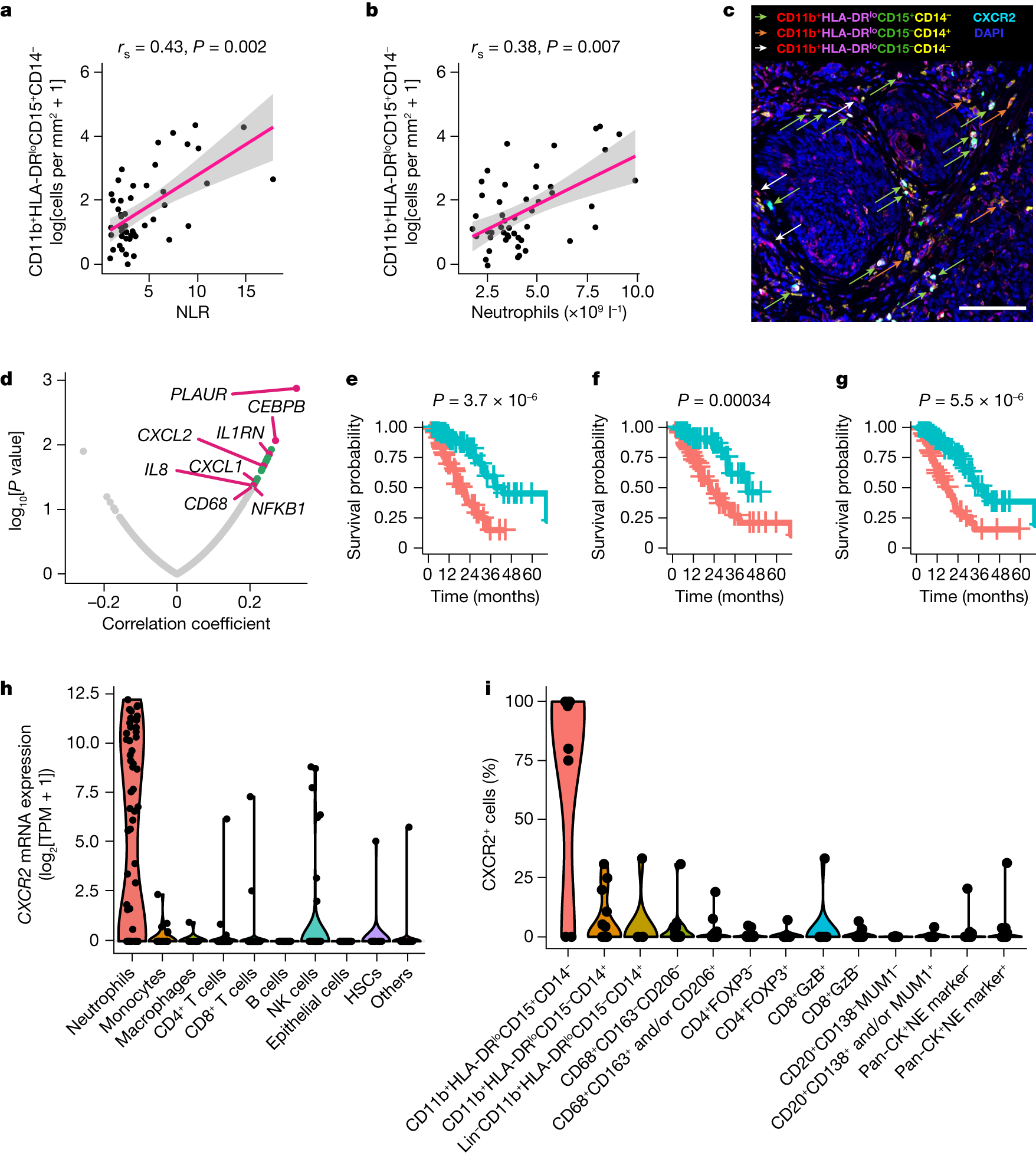Glioblastoma (GBM) is an aggressive brain cancer known for its resistance to treatment, with patients experiencing recurrent GBM having a survival period of less than 10 months. Immunotherapy, which mobilizes the body’s immune defense system against cancer, has been ineffective against GBM, partly because the immune system’s attack largely fails to penetrate the tumor’s surrounding environment.
To transform this immunosuppressive environment into one conducive to an immune response, researchers from Brigham and Women’s Hospital in the United States have designed a new type of oncolytic virus called CAN-3110 in a new clinical study. This virus can infect cancer cells and stimulate an anti-tumor immune response. They found that this novel oncolytic virus-based gene therapy is safe and shows preliminary efficacy in patients with high-grade gliomas, extending the survival of a subgroup of recurrent GBM patients who are “familiar” with the oncolytic virus. The study results were published online on October 18, 2023, in the journal Nature, with the paper titled “Targeting myeloid chemotaxis to reverse prostate cancer therapy resistance.”

Dr. E. Antonio Chiocca, the paper’s co-corresponding author and chair of the Department of Neurosurgery at Brigham and Women’s Hospital, said, “GBM is aggressive partly because of the presence of immunosuppressive factors around the tumor, which prevent the immune system from entering the tumor and attacking it, allowing the tumor to grow. This new study shows that with the oncolytic virus we designed, we can reshape this ‘immune desert’ into a pro-inflammatory environment.”
This Phase I clinical trial, the first of its kind conducted in humans, tested the safety of an oncolytic virus named CAN-3110, which was designed and pre-clinically tested by researchers at Brigham and Women’s Hospital and licensed to Candel Therapeutics during the trial.
This cancer-fighting oncolytic virus is an oncolytic herpes simplex virus (oHSV), the same type of virus used in therapies approved for treating metastatic melanoma. Unlike other oHSVs used clinically, CAN-3110 contains the ICP34.5 gene, which is typically absent in clinical oHSVs because it causes human disease in unmodified herpes simplex virus (HSV).
However, the authors speculated that this gene might be necessary to trigger the potent pro-inflammatory response required to attack tumors. Therefore, they designed a version of oHSV1 (oncolytic herpes simplex virus type 1) containing the ICP34.5 gene, but this version of oHSV1 is also genetically “programmed” not to attack healthy brain cells.
Overall, the clinical trial demonstrated the safety of CAN-3110 in 41 patients with high-grade gliomas, including 32 patients with recurrent GBM. The most severe adverse reactions were seizures in two participants. Notably, GBM patients with existing HSV1 antibodies (66%) had a median overall survival of 14.2 months.
In patients with HSV1 antibodies, the authors observed several markers of changes related to immune activation in the tumor microenvironment. They hypothesized that the presence of HSV1 antibodies led to a rapid immune response to CAN-3110, bringing more immune cells to the tumor and increasing inflammation levels in the tumor microenvironment.
The authors also noticed an increase in T cell diversity after CAN-3110 treatment, indicating that the oncolytic virus induced a broad immune response, perhaps by causing the release of cancer antigens through the destruction of tumor cells. They also found that these immunological changes after treatment were associated with improved survival rates.
Looking ahead, the authors plan to complete prospective studies to further explore the efficacy of this oncolytic virus in patients with positive and negative HSV1 antibodies. Having confirmed the safety of a single injection of this oncolytic virus, they are now testing the safety and efficacy of up to six injections within four months, akin to multiple rounds of vaccinations, which could enhance the therapy’s effectiveness.
Chiocca said, “Almost no immunotherapy for treating GBM has been able to increase immune infiltration of these tumors, but CAN-3110 in this study has sparked a very active immune response, leading to the infiltration of T cells that kill tumors. This is usually difficult to achieve for GBM, so our findings are exciting and fill us with hope for the next steps of the research.”
Reference
1. Guo, Christina, et al. “Targeting myeloid chemotaxis to reverse prostate cancer therapy resistance.” Nature 623.7989 (2023): 1053-1061.
